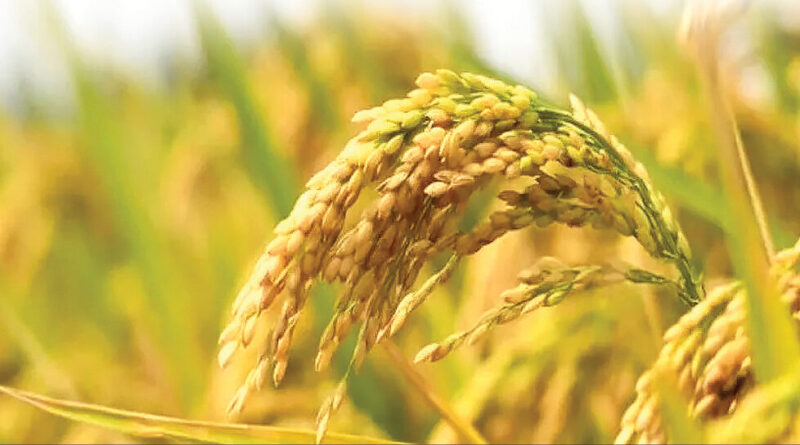Rain ‘washes away’ Punjab’s ambitious DSR plans this year
Anju Agnihotri Chaba
Punjab may fail to achieve its target of bringing around 5 lakh acres (2.02 lakh hectres) of paddy (non-Basmati) sowing area under the ‘Direct Seeded Rice’ (DSR) technology, with experts mostly pinning the ongoing Western Disturbances — that have been bringing moderate to heavy rains in the state for the past around four days — as a prime reason.
Last year 1.71 lakh acres area had been brought under DSR in the state. As per details, the state had selected 16 agricultural blocks of 16 districts of Punjab for a pilot project this year to promote DSR, the sowing of which had began on May 20. The major reason for choosing these blocks in the 16 districts was that the groundwater table in these places had seen a dip of anything between 0.3 m to 21.8 m in the last two decades, from 1998-2018.
In Punjab, the government has been introducing the ‘Tar-wattar- Direct Seeding of Rice (T-DSR)’ technique. According to experts, the T-DSR water-saving cultivation technique has been evolved by the Punjab Agricultural University (PAU) in Ludhiana. In T-DSR, farmers give a rauni (pre-sowing) irrigation and wait for 4-5 days till the field has ‘tar-wattar’ or sufficient workable soil moisture. They then sow paddy seeds directly on this field using a DSR machine or a PAU-designed tractor-drawn Lucky Seed Drill, which simultaneously applies herbicides – one litre of ‘Stomp’ (pendimethalin) and 80 gm of ‘Saathi’ (pyrazosulfuron ethyl) per acre – to prevent emergence of weeds. Post this, farmers are supposed to apply a first post-sowing irrigation after 21 days.
Experts have stated T-DSR to be an alternative to conventional transplanting under which paddy seeds are first raised into young plants in a nursery, before being uprooted and re-planted about 30 days later. The main field where transplanting is done has to be “puddled” or tilled in flooded conditions. The plants thereafter need to be irrigated almost daily for the first three weeks or so to ensure continuous standing water, which acts as a natural herbicide against weeds in the crop’s early growth stage. Puddling and transplantation are water-intensive.
The ideal time of DSR sowing is from June 1-15, but farmers are allowed to do it from May 20 because with this they would require the first irrigation on June 10, which is the time of sowing rice with the traditional method.
Experts said that DSR can survive in mild rain, but not in heavy rains, which the state has witnessed of late.
As per details, the blocks that were selected by the government for the pilot project of T-DSR this year are Sunam (Sangrur), Barnala (district Barnala), Moga-1 (district Moga), Patiala (district Patiala), Bassi Pathana (Fatehgarh Sahib), Sultanpur Lodhi (Kapurthala), Phool (Bathinda), Raikot/ Machhiwara (Ludhiana), Mansa (district Mansa), Patti (Tarn Taran), Ajnala (Amritsar), Kotakpura (Faridkot), Ghal Khurd Zira (Ferozepur), Fazilka (district Fazilka), Gidderbaha (Muktsar), and Dera Baba Nanak (district Gurdaspur). Apart from this, the government has stated that farmers in state who aren’t covered in the above 16 districts can also adopt the T-DSR method voluntarily as per convenience and soil type.
Director of Punjab Agriculture Department, Dr Gurvinder Singh, said that after sowing with T-DSR, no irrigation is needed for three weeks. But because of the heavy rains mainly in the districts where these agricultural blocks had been selected, the DSR area might have been washed away. Hence, most of the area will now have to be covered under the traditional sowing method, which starts from June 10 onward in the state. He said that ongoing Western Disturbances have been brining rains ever since the T-DSR began in the state. “We will motivate farmers to avoid long duration varities with tradtional method of paddy sowing,” he said.
This article has been republished from The Indian Express

